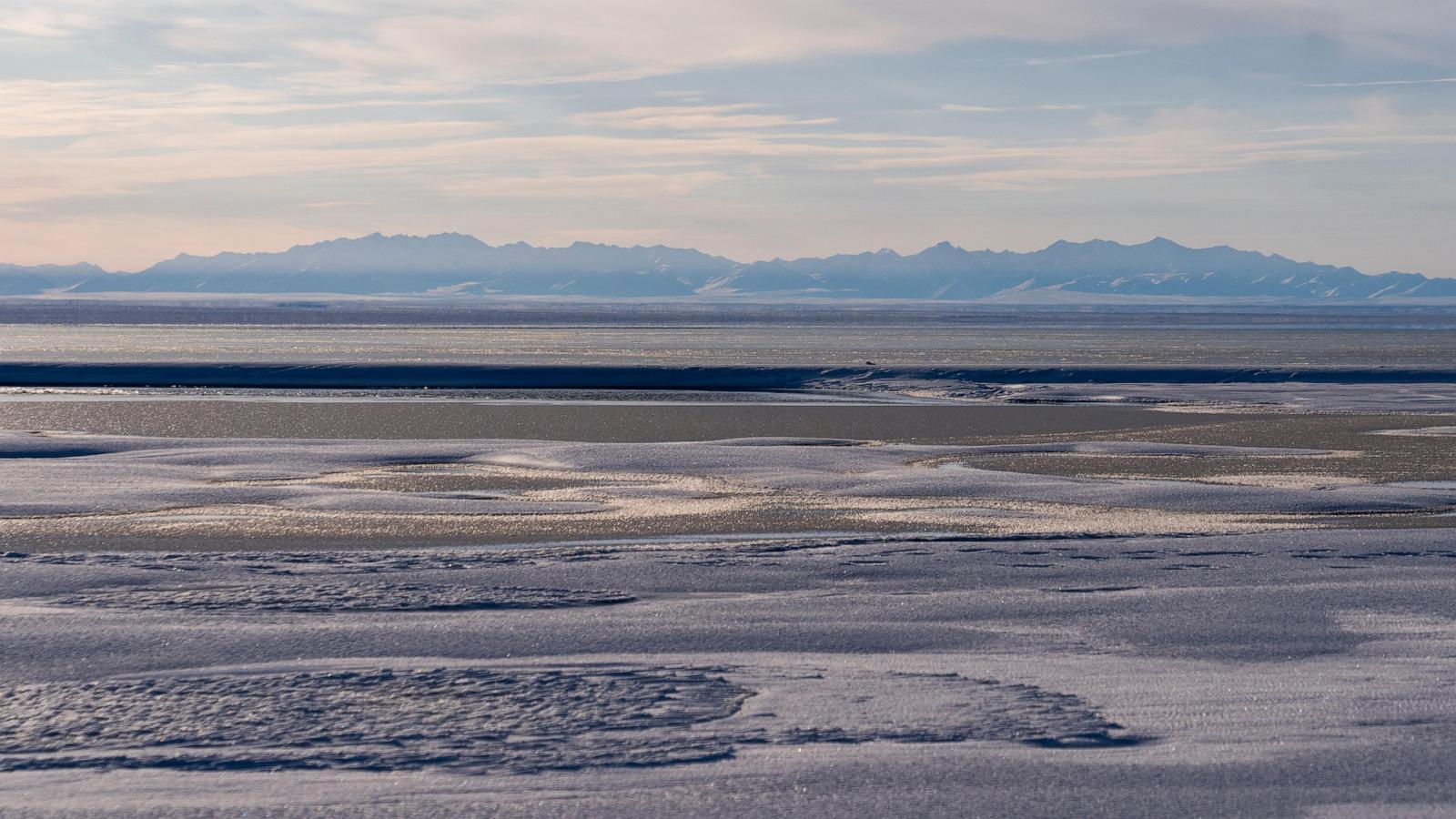Trump's Executive Order: A Controversial Plan to Unleash Alaska's Resource Potential
President Trump's recent executive order aiming to significantly boost oil and gas drilling, mining, and logging in Alaska has ignited a firestorm of debate. This bold move, praised by state leaders eager to revitalize Alaska's economy through fossil fuel development, is fiercely opposed by environmental groups who warn of dire consequences for the already warming climate. Is this a necessary step for Alaska's economic survival, or a reckless gamble with the planet's future? Let's dive into the details.
Reversing Biden-Era Restrictions: A Rollback of Environmental Protections?
The executive order seeks to undo numerous environmental regulations put in place by the Biden administration, effectively reversing course on many policies impacting Alaska's natural resources. Key areas affected include:
Arctic National Wildlife Refuge (ANWR) Drilling:
The order pushes to open the pristine coastal plain of ANWR to oil and gas drilling, reversing the Biden administration's decision to cancel several leases. This decision is a major sticking point, with Indigenous Gwich'in communities vehemently opposing drilling due to its potential harm to their crucial caribou herds. The Iñupiaq community of Kaktovik, however, has expressed support, seeking economic opportunities that may come with oil and gas development. The long-term implications for this unique and environmentally fragile ecosystem, along with the potential economic boon for the state, remain hotly debated.
National Petroleum Reserve-Alaska (NPR-A) Drilling:
Trump's order also targets the NPR-A on Alaska's North Slope, loosening regulations and attempting to lift restrictions imposed by Biden on drilling activity. This has been viewed as both a necessary measure for improving Alaska's flagging economy and a disregard for environmental impacts on delicate Arctic ecosystems.
Temperate Rainforest Logging and Road Building:
The plan also targets Alaska's temperate rainforests, easing limitations on logging and road construction that protect the habitat of various wildlife, including wolves, bears, and salmon. The debate here hinges on balancing economic benefits from timber development with the importance of rainforest preservation for wildlife and biodiversity. A thorough evaluation of the long-term environmental impact of logging on Alaska's rainforests is undoubtedly a pressing need, particularly for sustainable development.
Economic Revitalization or Environmental Disaster: A Look at the Debate
Supporters of the executive order, primarily Alaska's political leaders, hail it as a vital step towards reviving Alaska's economy. They emphasize the importance of developing Alaska's rich natural resources to counterbalance Alaska's economic struggles caused by dwindling oil production and population outflow. Republican Senator Dan Sullivan triumphantly proclaimed, “It is morning again in Alaska!”, echoing a widespread sentiment among proponents who see this order as the key to resolving years of what they view as unfair constraints.
Conversely, environmental groups, including the Center for Biological Diversity and Earthjustice, strongly condemn the order, citing serious environmental risks in the face of the climate crisis. They point to Alaska's vulnerability to climate change-related impacts like melting permafrost, thawing glaciers, and increased sea level rise, emphasizing how this order will intensify them. The assertion of the conservation group Center for Western Priorities that the plan amounts to an “everything, everywhere, all-at-once” order attempting to undo years of work showcases the immense scale and contentiousness of the endeavor.
Navigating the Legal and Political Landscape
The road ahead for Trump's executive order faces numerous obstacles. Environmental laws and regulations provide substantial checks on implementing the planned actions, leading to anticipated legal challenges that could severely delay or even block parts of the plan. Additionally, obtaining necessary permits and securing support from all concerned stakeholders remains critical for successful implementation.
Take Away Points
- President Trump's executive order aims for a significant increase in resource extraction in Alaska, igniting a fervent debate.
- Proponents emphasize economic revitalization through developing Alaska's rich natural resources while opponents emphasize alarming environmental consequences, primarily the impacts of climate change.
- The order faces numerous obstacles from environmental laws and potential legal battles.
- The decision’s effect on Alaska's economy, communities and its fragile ecosystem remains highly contested.




